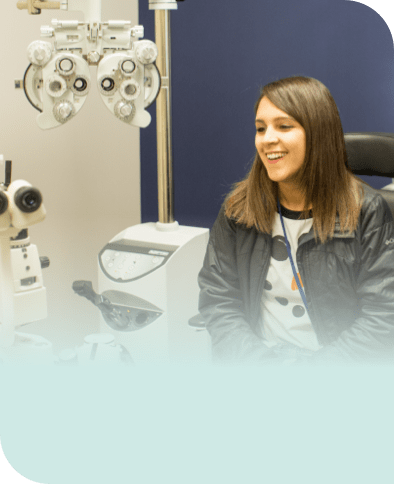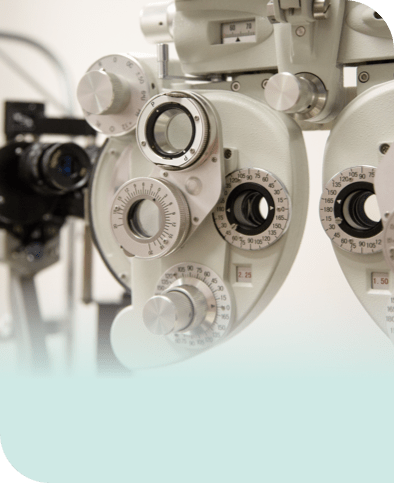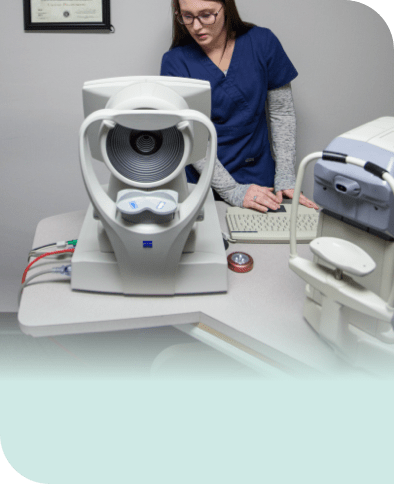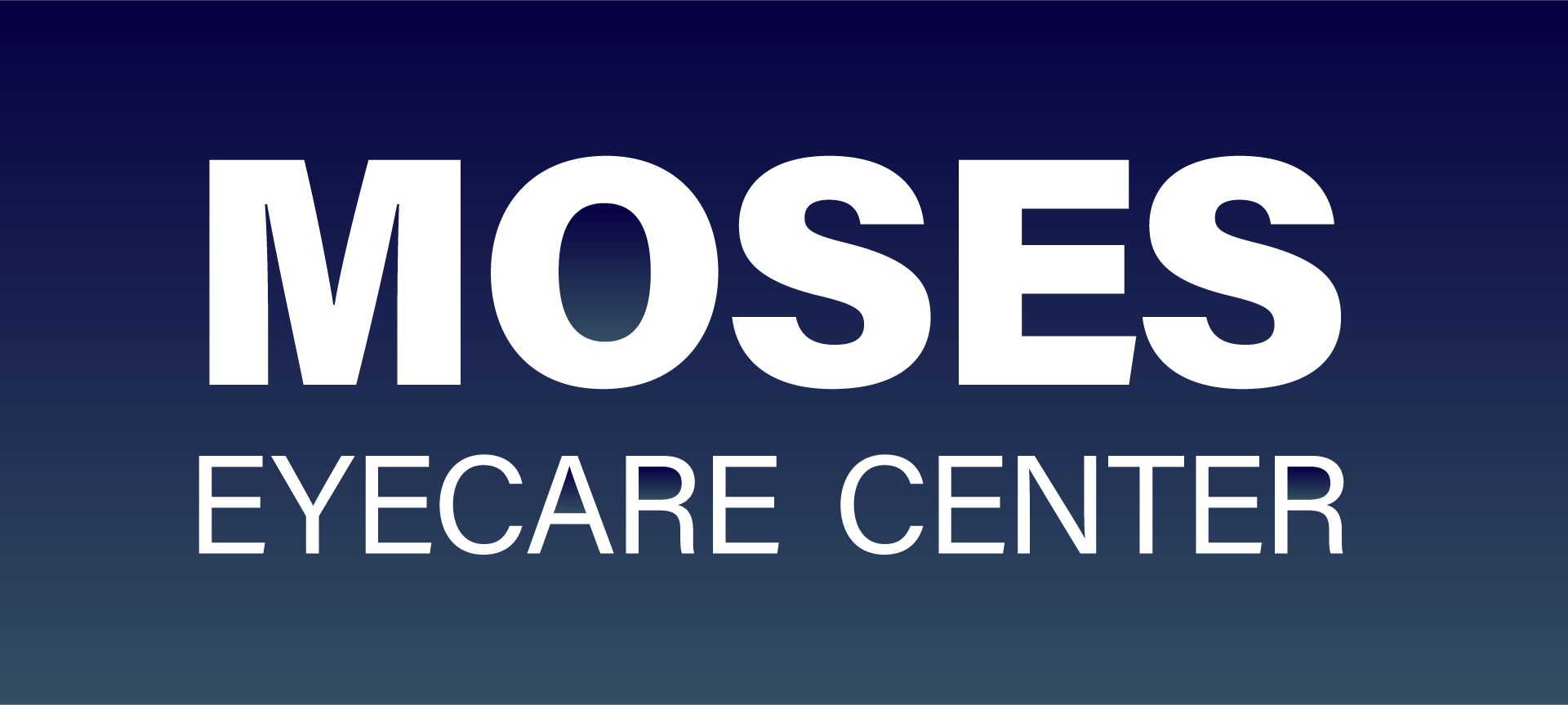Dry eyes are a widespread issue that affects millions of people around the globe. While this condition is often seen as a mere nuisance, it can have some surprising effects on your vision.
Dry eyes can often cause stinging, irritation, and even blurry vision. If you’re suddenly experiencing blurriness, don’t hesitate to reach out to your optometrist for a comprehensive eye exam. We can help pinpoint the root of the issue. With the right dry eye treatment, you can restore your clear vision and fully enjoy the beauty of the world around you again!
What Is Dry Eye?
Dry eye syndrome occurs when your eyes fail to produce enough tears or when the tears evaporate too quickly. Tears are essential for maintaining the health of the front surface of the eye and providing clear vision. They consist of 3 layers that work together to protect your eye:
- The inner mucous layer
- The middle watery layer
- The outer oily layer
If something disrupts any of these layers, your eyes can become irritated and uncomfortable. This disruption can lead to meibomian gland dysfunction (MGD) which is the cause of over 85% of all dry eye cases. But even MGD may not be the root of your problem.
Dry Eye Causes
There are numerous causes for dry eyes, ranging from environmental factors to lifestyle habits. Because of this, they can affect almost anyone. Be aware of your risk factors, so you can recognize the symptoms when they occur.
Causes of dry eye include:
- Aging
- Sex
- Hormones during pregnancy or menopause
- Medications, such as antihistamines, decongestants, or blood pressure medicine
- Medical conditions, such as rheumatoid arthritis, diabetes, and thyroid problems
- Windy, dry, or hot environments
- Spending too much time looking at screens
- Overwearing contact lenses
Dry Eye Symptoms
Dry eye symptoms can vary from person to person, so it may be difficult to determine what’s irritating your eyes. When it comes to blurry vision, this can be extra confusing, as many eye conditions, such as glaucoma and macular degeneration, can also cause blurriness.
In addition to blurry vision, common dry eye symptoms include:
- Red eyes
- Light sensitivity
- Burning, scratchiness, or stinging
- Stringy mucous around the eye
- Difficulty wearing contact lenses
- Excessive watery eyes without relief
When dry eyes do cause blurry vision, it’s typically temporary. This may happen because the tears you do have aren’t evenly distributed across the eye’s surface. This means you don’t have the smooth optical surface required for clear sight. Instead, light can be scattered or not focused properly onto the retina, leading to blurriness.
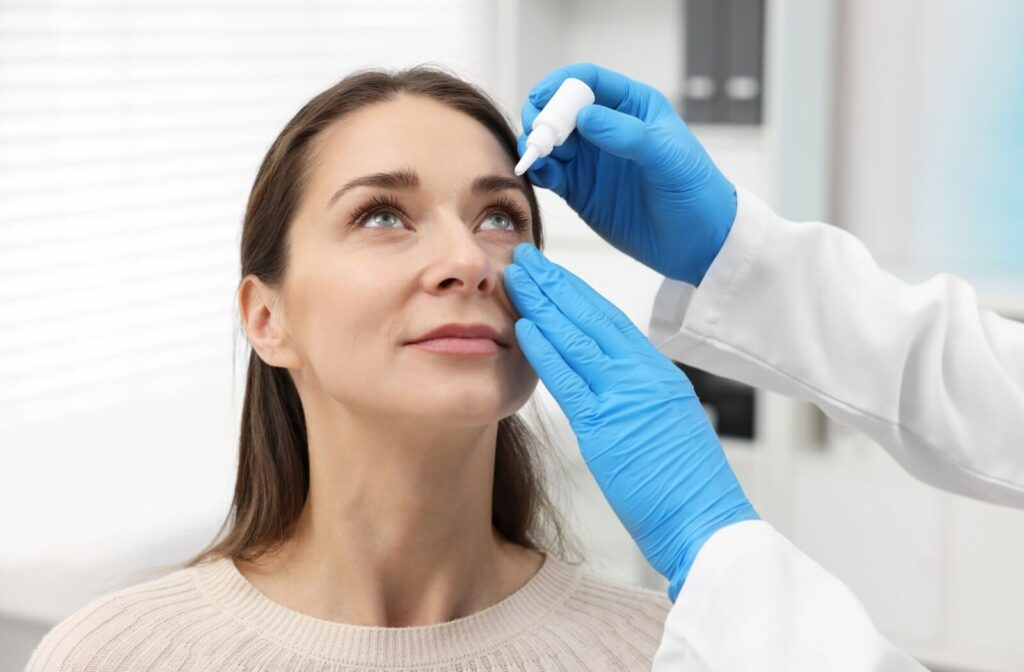
Effective Dry Eye Treatments
When dealing with dry eyes, a variety of treatments can help alleviate discomfort and restore clear vision. The type of treatment depends on what’s causing your dry eyes, but the goal is to restore and retain moisture in your eyes. Treatment plans are customized for you and may include 1 or more of the following methods:
- Artificial Tears: Over-the-counter lubricating eye drops that provide immediate moisture and relief.
- Prescription Medications: Therapeutic options that reduce inflammation and boost tear production.
- Punctal Plugs: Tiny devices inserted into tear ducts to block drainage and keep tears on the surface of the eye.
- Heat Treatment: Eyelid technology, such as TearCare, warms and compresses the eyelids to clear blockages that cause dry eye symptoms.
- Amniotic Membranes: Amniotic membranes are rich in growth factors and have anti-inflammatory properties. When applied to the eye’s surface, they can promote healing and restore surface integrity in patients suffering from severe dry eye syndrome.
Lifestyle Changes to Reduce the Risk of Dry Eyes
In addition to treatments, making certain lifestyle adjustments can significantly lower the risk of developing dry eyes. Consider incorporating the following habits into your daily routine:
- Stay Hydrated: Drink plenty of water throughout the day to support tear production.
- Limit Screen Time: Take regular breaks using the 20-20-20 rule; every 20 minutes, look at something 20 feet away for 20 seconds.
- Use a Humidifier: Increase moisture in the air, especially in dry environments or during winter months.
- Wear Protective Eyewear: Use sunglasses when outdoors to shield your eyes from wind and harmful UV rays.
- Avoid Smoking: Stay away from smoke and irritants, as they can exacerbate dry eye symptoms.
By integrating these treatments and lifestyle changes, you can effectively manage dry eyes and enjoy comfortable vision again.
See Beyond Dry Eye Syndrome
Everyone experiences dry eyes differently. Some might just feel mild irritation or redness, while others may deal with ongoing blurry vision. If your dry eye symptoms improve but you still have blurry vision, there could be another issue to consider.
There’s no reason to guess when you’re protecting your vision! At Moses Eyecare Center, we can examine your symptoms, determine the root cause, and set you on the path to relief.Your eyesight is precious, and we’re here to help you keep it healthy. Don’t let dry eyes or blurry vision affect your ability to see clearly. If you’ve noticed any signs of dry eyes, book your eye exam today and find relief!




